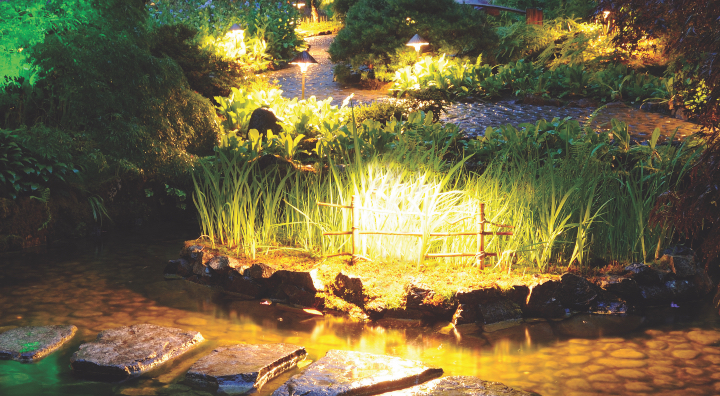
As the cool weather settles in are you finding yourself sitting indoors looking out over your garden in contemplation?
Now is one of the best times of year to be getting out and getting active – doing, not dreaming! The warming winter sunshine can be a pleasure to work in and, if you’ve bigger tasks in mind, it’s also much more comfortable to work in than the heat of summer.
From a garden or landscape design perspective, winter is a great time to be developing and executing plans. Many gardens will be bare, or at least have thinned back foliage, and you are seeing spaces at their most challenging time – shorter days, lower light levels – giving you a much better idea of the structural framework of your garden spaces and their limitations.
One project that is just perfect for the cooler months is to add a pond or water feature and AQUAPRO has everything you need to create your ideal feature.
Get started by deciding on the size and type of feature you want. Much like swimming pools, they are categorised into three groups – inground, semi-inground and above ground.
Inground ponds
These will be all but below ground with the soil providing full support for the walls of the pond. You can use any of the preformed formal, natural or rock-look AQUAPRO ponds fully inground. For more freeform shapes or larger inground ponds, an AQUAPRO Flexible Pond Liner is ideal. With any inground pond, you should always have the lip at least 5cm above the surrounding finished ground level to avoid surface water running into your pond.
Semi-inground ponds
These are partially elevated above the natural ground level. This can include situations where soil is banked up to the sides of the pond to create planting mounds. There may also be situations where part of the walls of a pond are exposed as they may be concealed by planter boxes, block work or other landscape materials such as sleepers. When soil is mounded any of the AQUAPRO ponds and liners are suitable, however, where the walls will be self-supporting only thicker-walled ponds can be used and flexible liners are not suitable.
Aboveground pond
These are stood on level ground or other level surfaces such as a deck. Only rigid, thick-walled ponds can be used in this way. A flexible pond liner is not suitable for these situations. The finished pond may simply be dressed up with pots and planter boxes or by a stone, block or timber wall. Generally, the lip of the pond will be supported on these sidewalls and this is then concealed with coping.
So where do you position your pond? Naturally, there are aesthetic and design considerations but there is also the issue of aspect to consider. The position will also in many respects depend on what you plan to do with your feature. There are a few simple rules of thumb.
Shade or heavily filtered light ponds
May simply be for the effect of the water. You can add plants if you wish, however, you will be restricted to the foliage-type plants as flowering, aquatic plants prefer good sunlight. If you want fish in such a location, talk with your local pet store about the best varieties for your area.
Half-day and sunlight
In many respects the perfect position for a pond. Most flowering water plants will perform well and likewise just about any pond fish. The risk of algal outbreaks is also reduced as most algae prefer high sunlight.
Full-sun
The bloomers, such as water lilies, will thrive in such locations, however, deeper water is generally recommended to ensure there are cool zones for plant roots and fish; especially if the pond is semi or completely aboveground.
How do you determine sunlight levels at the lowest light time of year? Simple. There is, as they say, an app for that! Just search your preferred app store for a suitable sun tracking app that will show you tracks of the sun at the longest, shortest and mid times of the year. The better apps will do this in augmented reality with the tracks shown over a live view of your garden through the camera.
And that is all you need to get started on your dream water feature!
